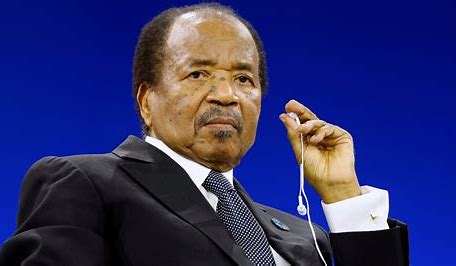Cameroon’s President Paul Biya, aged 91, has not been seen in public for weeks, sparking concerns about his health and the country’s future leadership. Biya, who has ruled Cameroon since 1982, is Africa’s second-longest-serving leader and the world’s longest-serving non-royal head of state. His long tenure has often raised questions about succession, given his advanced age and the increasing fragility of his appearances over recent years.
Public speculation over Biya’s health has been fueled by the government’s continued silence regarding his absence. The last time Biya was seen publicly was at the China-Africa Summit in September, and since then, there has been no official explanation for his lack of visibility.
This has worried many Cameroonians, especially as the nation faces political and economic challenges, including separatist tensions in the Anglophone regions and mounting economic struggles.
ALSO READ Injustice as abducted Cameroonian activists languish behind bars
Opposition parties and civil society groups have begun demanding greater transparency from the government regarding Biya’s condition. Some have called for a clearer line of succession, fearing that a power vacuum could destabilize the country.
Although Prime Minister Joseph Dion Ngute has been attending public events in Biya’s place, his appearances have not quelled concerns about the country’s leadership.
Biya’s absence from the public eye has prompted a broader debate about the long-term sustainability of his centralized rule and the potential for political reform in Cameroon.
Many Cameroonians are anxious about what lies ahead, as Biya has been a dominant figure in the nation’s political landscape for over four decades. His prolonged silence has only deepened uncertainty, with calls growing for clarity on the state of the presidency and the nation’s future direction.


